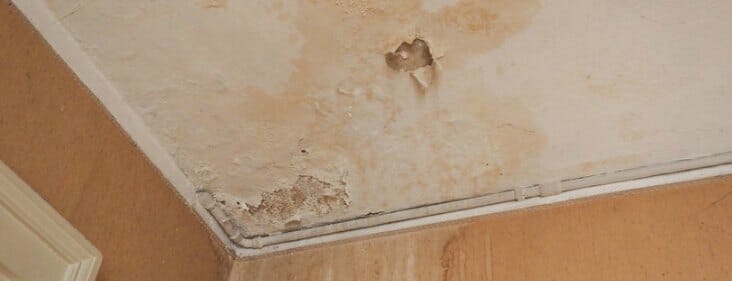This post below pertaining to How to detect water leaks in your home is absolutely interesting. Read it for yourself and decide what you think about it.

Leaks not just cause waste of water but can additionally cause unneeded damages to your home and promote unwanted organic growth. By recognizing as well as looking for everyday scenarios that trigger leakages, you can shield your house from future leaks as well as unnecessary damage.
Immediate temperature level modifications.
Extreme temperature modifications in our pipelines can trigger them to increase and also contract all of a sudden. This expansion and also contraction might trigger cracks in the pipes, particularly if the temperature level are listed below cold.
Rusty water systems
As time passes by, your plumbing system ages and rust such as rust may begin eating away the pipes. This might be the reason for discoloration or warping on your pipes. This asks for an inspection with your plumber immediately. Consider replacing the pipes given that they are at a higher threat of corrosion than the more recent designs if our plumbing system is old.
Faulty Pipeline Joints
Pipeline joints can deteriorate over time, resulting in water leaks. If you have loud pipes that make ticking or banging noises, particularly when the hot water is turned on, your pipe joints are most likely under a lot of stress.
Encroaching roots
Many water leaks begin outside your house instead of inside it. If you discover a sudden reduction in water stress, claim in your tap, take time to head out as well as analyze your backyard. You may notice damp spots or sinkholes in your lawn, and that might mean that tree origins are getting into water lines creating water to seep out. You can have your plumber look for invasion, specifically if you have trees or shrubs near your property.
Poor Water Connectors
At times, a leak can be caused by loosened tubes and also pipelines that supply your devices. In situation of a water links leakage, you might observe water running directly from the supply line or puddles around your home appliances.
Clogged Drains
Blocked drains pipes may be frustrating as well as inconveniencing, yet they can in some cases wind up creating an overflow bring about break pipelines. Keep eliminating any kind of products that may go down your drains pipes that can clog them to stay clear of such hassles.
All the above are causes of leaks yet not all water leaks result from plumbing leakages; some leaks might originate from roofing leakages. All leaks ought to be repaired right away to stay clear of water damage.
Leaks not only trigger waste of water but can also trigger unneeded damages to your residence and promote unwanted organic development. By understanding and also looking for daily situations that create leakages, you can protect your house from future leakages and unnecessary damage. Today, we will look at six leak causes that may be triggering your pipes to trickle.
At times, a leakage can be triggered by loose hoses and also pipes that supply your home appliances. In situation of a water links leak, you may see water running directly from the supply line or pools around your appliances.
How To Check For Water Leak In Your Home
How To Check for Leaks
The average household's leaks can account for nearly 10,000 gallons of water wasted every year and ten percent of homes have leaks that waste 90 gallons or more per day. Common types of leaks found in the home are worn toilet flappers, dripping faucets, and other leaking valves. These types of leaks are often easy to fix, requiring only a few tools and hardware that can pay for themselves in water savings. Fixing easily corrected household water leaks can save homeowners about 10 percent on their water bills.
To check for leaks in your home, you first need to determine whether you're wasting water and then identify the source of the leak. Here are some tips for finding leaks:
Take a look at your water usage during a colder month, such as January or February. If a family of four exceeds 12,000 gallons per month, there are serious leaks.
Check your water meter before and after a two-hour period when no water is being used. If the meter changes at all, you probably have a leak.
Identify toilet leaks by placing a drop of food coloring in the toilet tank. If any color shows up in the bowl after 10 minutes, you have a leak. (Be sure to flush immediately after the experiment to avoid staining the tank.)
Examine faucet gaskets and pipe fittings for any water on the outside of the pipe to check for surface leaks.
Undetected water leaks can happen without the home or business owner even realizing. If you suspect a water leak, but not able to find the source. It is time to contact a professional water leak detection service, The Leak Doctor.
How To Find a Water Leak In Your Home
https://www.leakdoctor.com/blog/How-To-Check-For-Water-Leak-In-Your-Home_AE197.html

I came across that review on How to Find Water Leaks while doing a lookup on the web. Those who enjoyed reading our blog post kindly make sure you remember to pass it around. Thank-you for taking the time to read it.
Professional service available.